4.Repairing Aluminum Parts
修理铝制零件
A.Method No. 404A: Minor Surface Defect Repair
Method No. 404A:轻微表面缺陷修复
Repair minor surface defects on aluminum-alloy parts as follows:
按如下方法修复铝合金零件上的轻微表面缺陷:
WARNING: DO NOT BREATHE THE PARTICLES FROM HAND FINISHING OR LET THE PARTICLES TOUCH YOU. PARTICLES FROM HAND FINISHING CAN CAUSE DAMAGE, INJURY, OR IRRITATION. USE PERSONAL PROTECTION EQUIPMENT. USE LOCAL MECHANICAL EXHAUST VENTILATION OR AN APPROVED RESPIRATOR.
警告:请勿吸入手工打磨抛光产生的粉尘或让粉尘接触身体。手工打磨抛光产生的粉尘可能造成损伤、伤害或刺激。请使用个人防护设备。请使用本地机械排气通风系统或经批准的呼吸器。
CAUTION: BEFORE START WORKING, MAKE SURE THAT THE PART DOES NOT CONTAIN CRACKS. USE THE APPLICABLE FPI OR MPI PROCESS SPECIFIED IN APPLICABLE TECHNICAL MANUAL.
注意:在开始工作之前,确保零件没有裂纹。使用适用技术手册中规定的FPI或MPI工艺。
CAUTION: WHEN YOU DO THIS PROCEDURE, MAKE SURE TO USE GOOD SHOP PRACTICES AND COMMON SENSE. ABUSIVE BLENDING CAN CAUSE DAMAGE THAT IS HARMFUL TO THE LIFE AND FUNCTION OF THE REPAIRED PART.
注意:执行本步骤时,务必遵循良好的车间操作规范和常识。滥用过渡(打磨)可能对修复零件的寿命和功能造成损害。
(1) Blend minor surface burrs, scratches, or galling to provide a smooth transition with the surface. Use an abrasive cloth (C08-0001).
对轻微的表面毛刺、划痕或擦伤磨平,以便与表面形成平滑过渡。使用砂布(C08-0001)。
NOTE: Remove minor surface defects only if the defect is detrimental to operation and removal will not cause or increase leakage or compromise sealing functions.
注:仅当表面轻微缺陷对操作运行有害且去除缺陷不会导致或增加泄漏或破坏密封功能时,才可去除该表面缺陷。
NOTE: Non-toleranced enclosed areas defined in hand finish repairs are to corners, points of tangency between surfaces or at points, opposite one of these locations. Enclosed areas will assume a tolerance of plus 0.125 inch (3.175 mm) in all directions unless adjacent areas are specified as areas where hand finishing is not permitted.
注:手工抛光修整中定义的非公差封闭区域为角落、表面之间的切点或与这些位置相反的位置。除非相邻区域被指定为不允许手工修整的区域,否则所有方向上的封闭区域将认为公差为+0.125英寸(3.175 mm)。
NOTE: Hand finishing can be done with more than one grade of abrasive cloth (coarse to fine, as necessary) to remove damage and get the specified surface finish. Make sure to start with the minimum aggressive abrasive cloth needed to remove the damage.
注:手工抛光修整可使用多个等级的砂布(根据需要,从粗到细)来去除损伤并获得指定的表面光洁度。确保从去除损伤所需的最小研磨砂布开始。
(2) Hand finish sharp edges with an abrasive cloth C08-0001. Use coarse grades of abrasive cloth for fast metal removal. To give a smooth surface finish to the part use fine grades of abrasive cloth.
用砂布C08-0001对边缘进行手工打磨抛光。使用粗砂布可快速去除金属。为使零件表面光滑,使用细砂布。
NOTE: Refer to the applicable Technical Manual for specific instructions on hand finish limits applicable to each part of the engine.
注:有关发动机各零件的手工打磨抛光限制的具体说明,请参阅适用的技术手册。
(a) When hand finishing a cylindrical part, hand finish in a circumferential direction, not along the axis of the part.
对圆柱形零件进行手工打磨抛光时,应沿圆周方向进行,而不是沿着零件的轴线。
(b) When hand finishing on a part involving radius, keep the radius as specified in the applicable Technical Manual. If the radius is not specified, keep it as close as possible to the original contour. If necessary, refer to a similar part to determine original radius.
对带有半径的零件进行手工打磨抛光时,应按适用技术手册的规定保持半径。如果未规定半径,则应尽可能接近原始轮廓。必要时,参考类似零件确定原始半径。
(3) Treat surfaces where base metal is exposed, as follows:
按如下方式处理裸露的基体金属表面:
(a) Clean the part. Refer to SECTION II – CLEANING.
清洁部件。请参阅第II节-清洁。
WARNING: USE THE CORRECT PERSONAL PROTECTION. ALKALINE CLEANING SOLUTIONS ARE HAZARDOUS. AVOID INHALING FUMES OR MIST. AVOID CONTACT WITH SKIN. AFTER USE, WASH HANDS AND FACE THOROUGHLY.
警告:使用正确的个人防护设备。碱性清洁溶液具有危险性。避免吸入烟雾或蒸气。避免接触皮肤。使用后,彻底洗手和洗脸。
(b) Put the part fully in alkaline cleaner solution for 10 to 15 minutes. Refer to Method No. 402A.
将零件完全放入碱性清洁剂溶液中,浸泡10至15分钟。请参考Method No.402A。
(c) Scrub surface with a stiff bristled brush C08-0031 to remove surface contamination.
用硬毛刷C08-0031刮洗表面,以去除表面污染物。
(d) Rinse the part in warm tap water at 80 to 110˚F (27 to 43˚C).
用80至110˚F(27至43˚C)的温水冲洗零件。
WARNING: USE THE CORRECT PERSONAL PROTECTION. COMPRESSED AIR WILL CAUSE LOOSE PARTICLES THAT CAN GET IN YOUR EYES. COMPRESSED AIRFLOW CAN CAUSE CUTS, DO NOT POINT IT AT YOUR SKIN.
警告:请使用正确的个人防护。压缩空气会产生松散的颗粒,可能进入眼睛。压缩气流会造成割伤,请勿将它对准皮肤。
(e) Dry the part with dry, filtered, compressed low pressure air at 20 psig (137.89 kPa) maximum.
用干燥、过滤、压缩的低压空气(最大压力为20 psig,即137.89 kPa)对零件进行干燥处理。
(f) Chemical film touch-up areas where base metal is exposed. Refer to Method No. 403N.
化学膜修补区域,其中暴露了基体金属。请参考Method No.403N。
(g) Let repaired area to stay wet for one minute.
使修复区域保持湿润1分钟。
(h) Rinse the part in warm water at 80 to 110˚F (27 to 43˚C).
在80至110˚F(27至43˚C)的温水中冲洗部件。
WARNING: USE THE CORRECT PERSONAL PROTECTION. COMPRESSED AIR WILL CAUSE LOOSE PARTICLES THAT CAN GET IN YOUR EYES. COMPRESSED AIRFLOW CAN CAUSE CUTS, DO NOT POINT IT AT YOUR SKIN.
警告:请使用正确的个人防护装置。压缩空气会产生松散的颗粒,可能进入眼睛。压缩气流会造成割伤,请勿将它对准皮肤。
(i) Dry the part with dry, filtered, compressed low pressure air at 20 psig (137.89 kPa) maximum or oven dry for 30 minutes at 175 to 225˚F (79 to 107˚C).
用干燥、过滤、压缩的低压空气(最大压力为20 psig,即137.89 kPa)对零件进行干燥处理,或在175至225˚F(79至107˚C)的温度下对部件进行烘箱干燥处理30分钟。
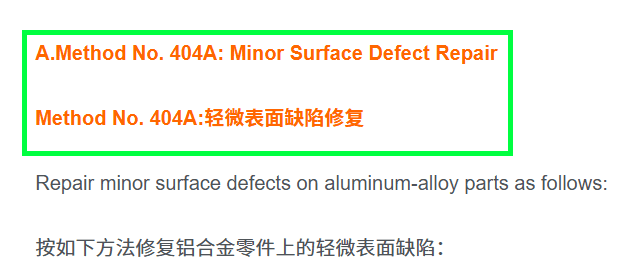
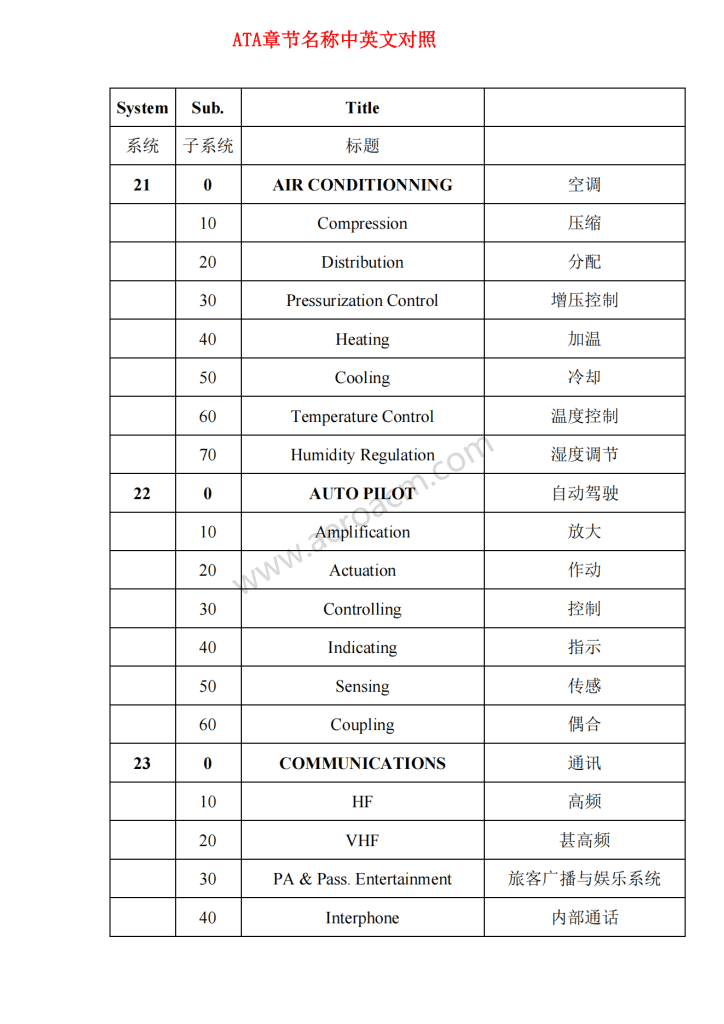
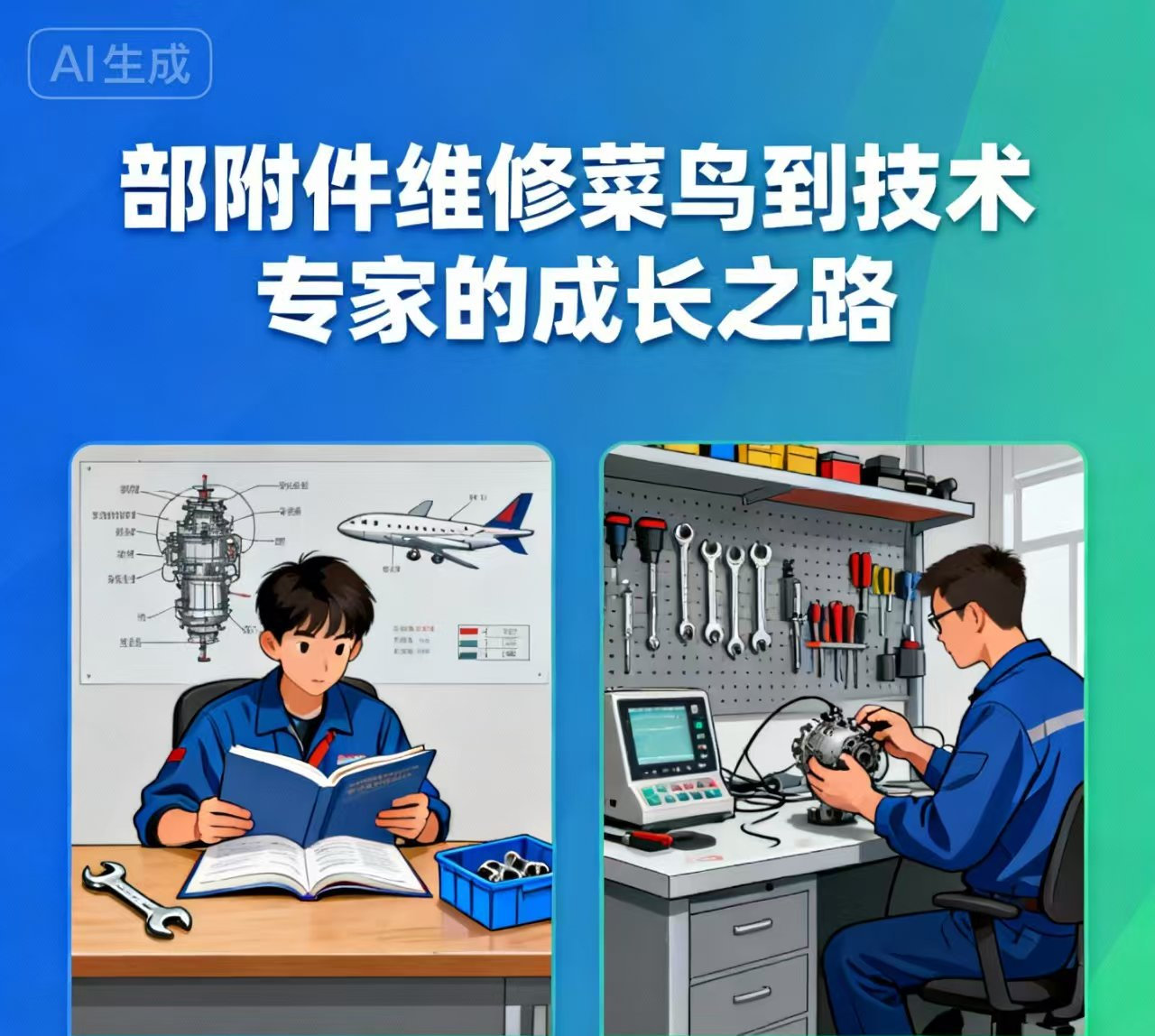
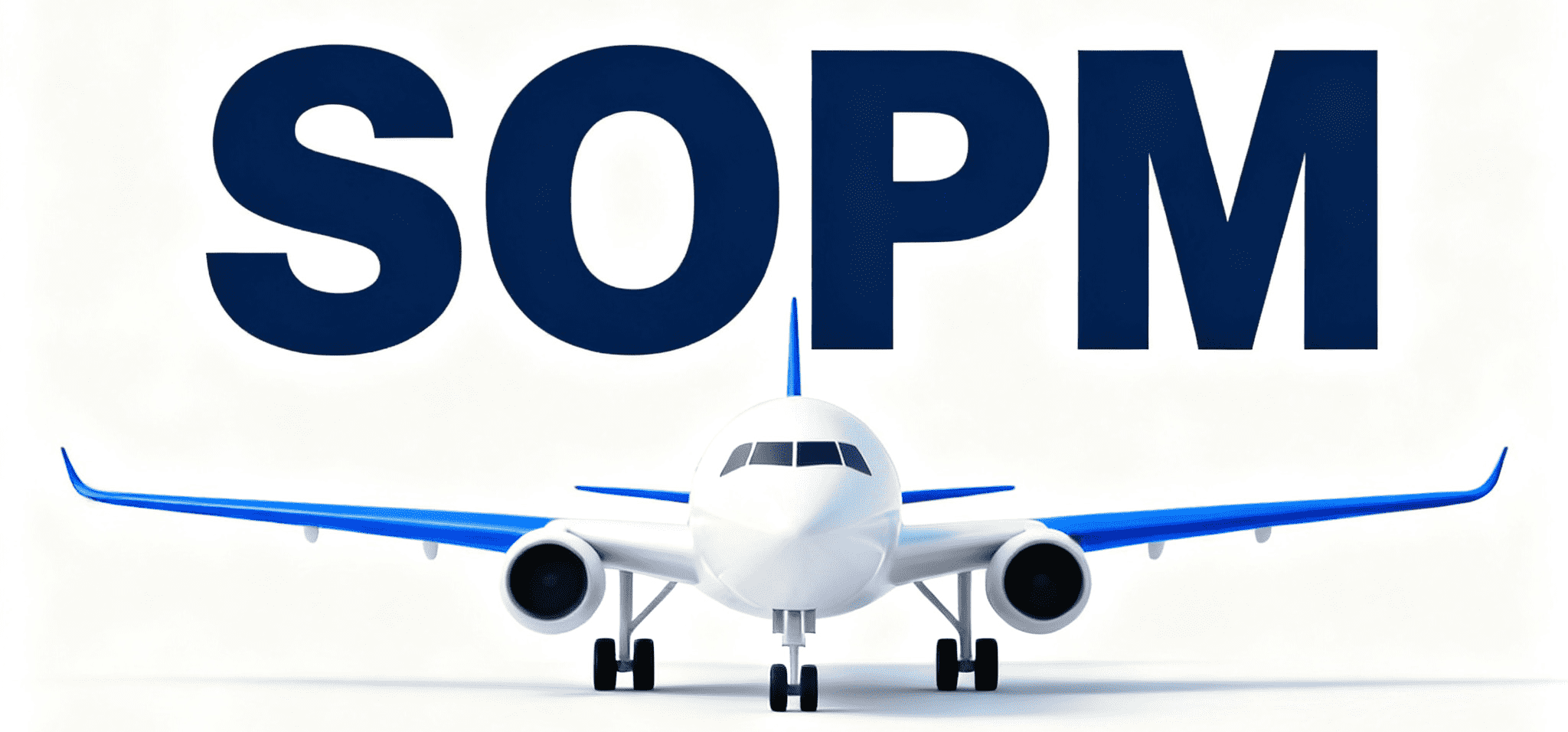
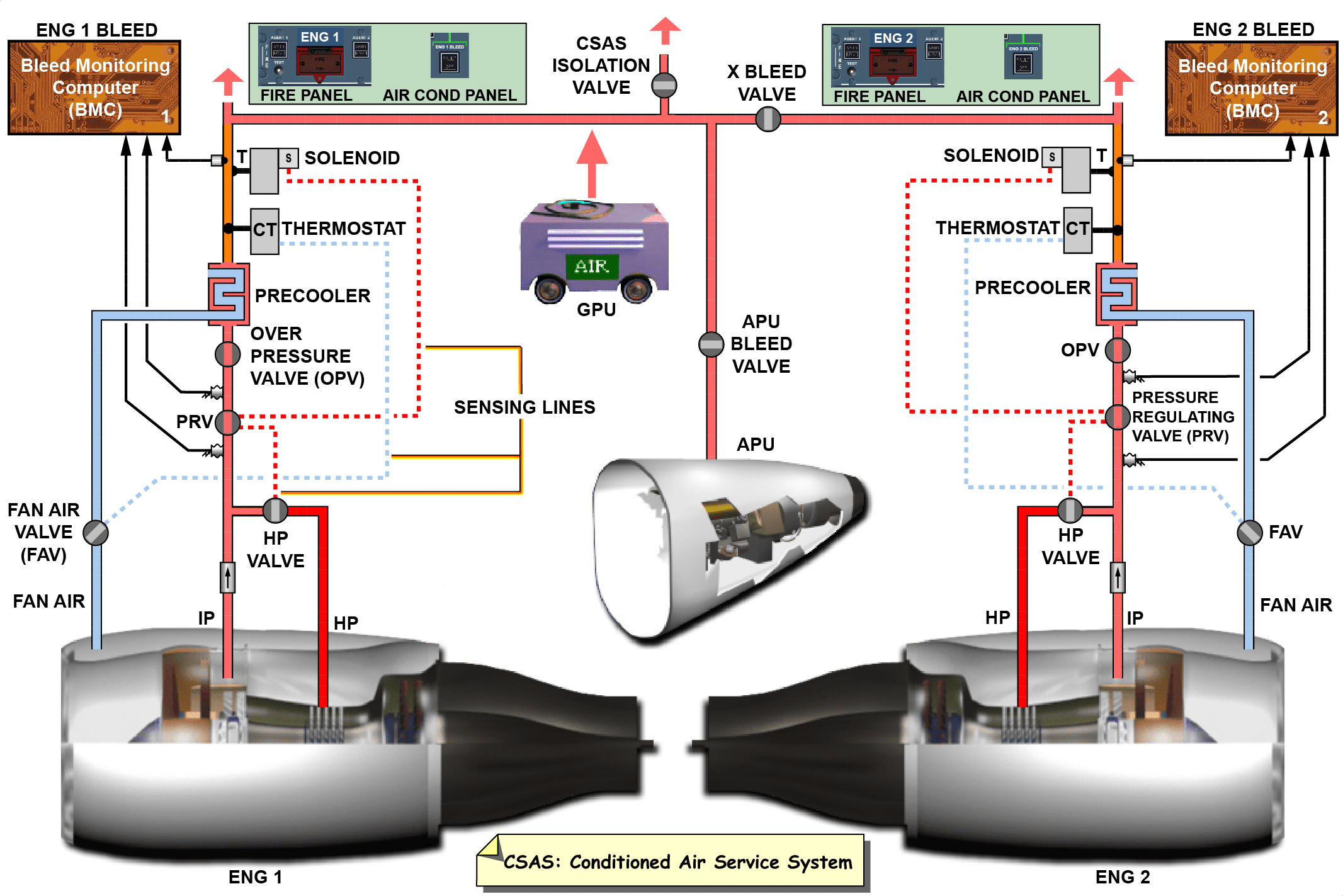

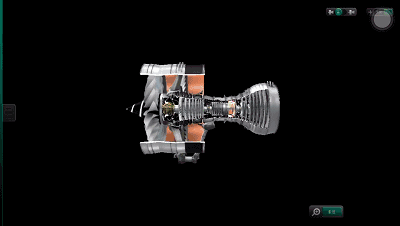



暂无评论内容